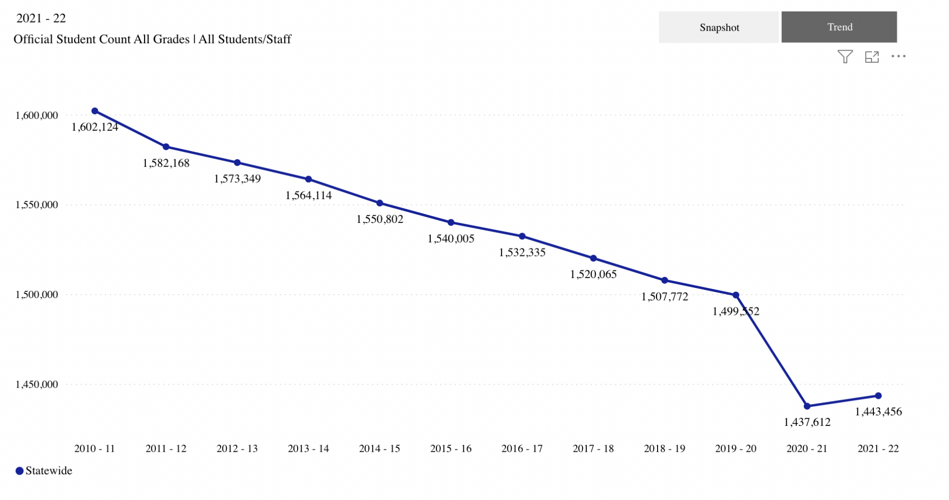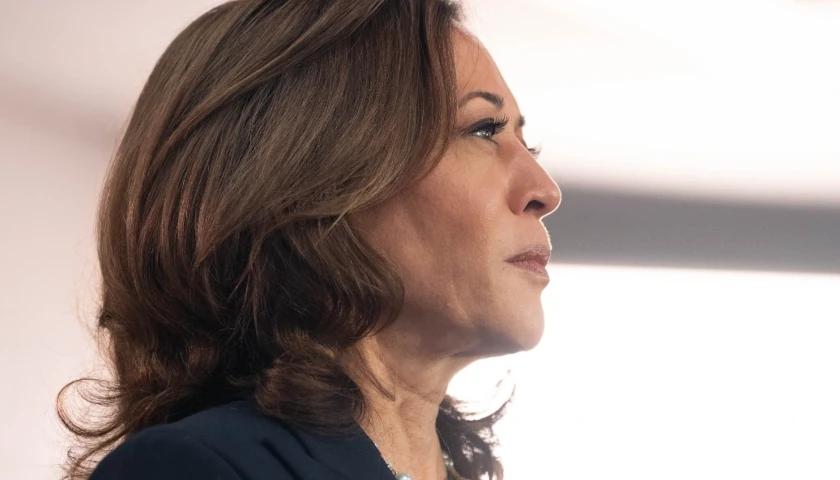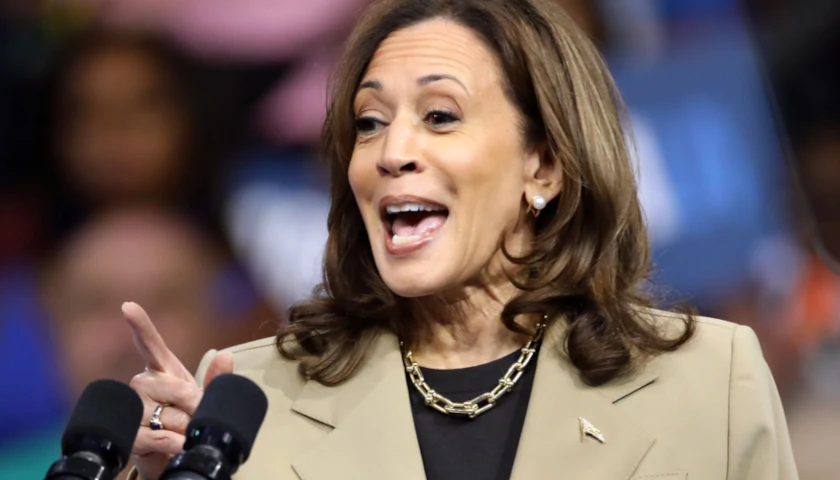by Scott McClallen
Michigan’s K-12 education spending, per pupil and adjusted for inflation, increased by 10% between 2002 and 2020 because the state lost 25% of enrolled students, according to a new report.
The nonprofit Reason Foundation’s 2022 K-12 Education Spending Spotlight includes real and nominal U.S. Census Bureau data for all 50 states dating from 2002 through fiscal year 2020, the most recent available.
Michigan schools were losing students far before COVID-19 began. In the 2010-11 school year, Michigan public schools boasted 1.6 million students. But 12 years later, that number is now 1.4 million – 158,668 fewer students.

Over nearly two decades, the report found fewer students are tapping education funds.
Michigan’s per-pupil revenue increased from $14,518 in 2002 to $15,967 in 2020, adjusted for inflation. The 2020 funding, separated by source, is:
- $9,010 of state revenue.
- $5,568 local revenue.
- $1,390 federal revenue.
The study found that despite increased spending, 22 states and the District of Columbia had declines in student enrollment.
Between 2002 and 2020, the nation’s total education spending annually on employee benefits (such as pensions and health care) nearly doubled from $90 billion to $164 billion. Michigan’s 2020 benefit spending per pupil was $4,286, a 54% increase from 2002, adjusted for inflation.
Other findings include:
- Overall inflation-adjusted spending on salaries grew much less – from $342 billion to $372 billion – during this time.
- Per-pupil education spending on total benefits increased by an average of $1,499, while per-pupil spending on total salaries increased by $492 between 2002 and 2020.
- All 50 states had real per-pupil spending increases on total benefits between 2002 and 2020. During that time, benefit spending grew by more than 100% in 14 states, and by more than 200% in two states.
- In 2020, total education system long-term debt surpassed $500 billion, reaching a total of $505 billion in the U.S. Between 2002 and 2020, long-term debt grew by $188 billion, or $3,798 per student.
Nationwide, spending increases between 2002 and 2020 weren’t disproportionately absorbed by schools or general administration, which grew from $629 to $758 per pupil and $224 to $265 per pupil, respectively. The most significant increase in support services was pupil support services, which increased from $566 per pupil to $864 per pupil.
This data doesn’t include $7.9 billion of federal COVID-19 relief given to Michigan schools and colleges, some of which The Center Square is tracking via records requests.
– – –
Scott McClallen is a staff writer covering Michigan and Minnesota for The Center Square. A graduate of Hillsdale College, his work has appeared on Forbes.com and FEE.org. Previously, he worked as a financial analyst at Pepsi.
Photo “Fraser Public Schools” by Fraser Public Schools.





